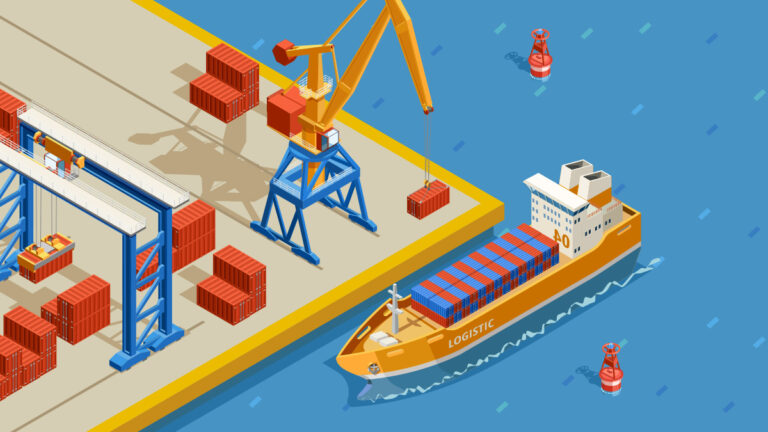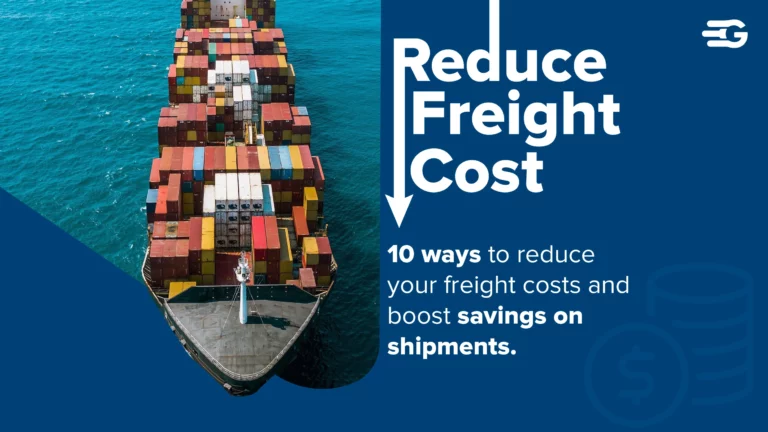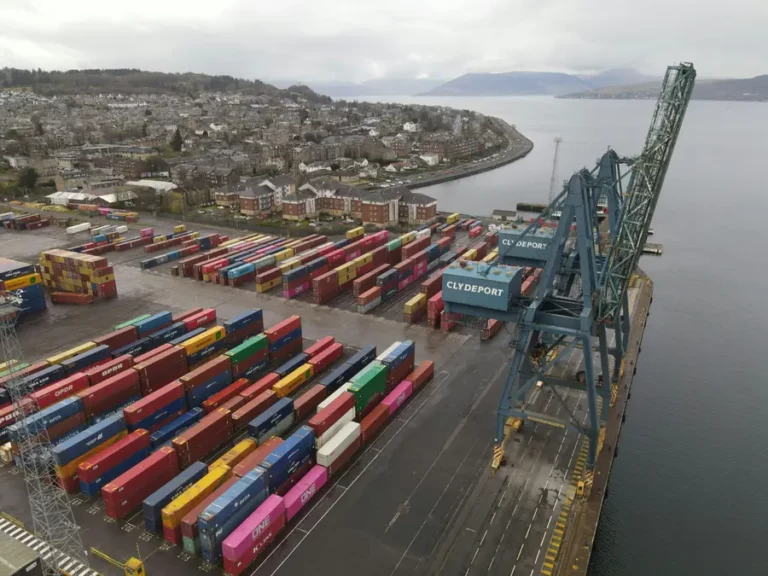What should supply chain professionals not do on a day to day basis
An agile and resilient supply chain is truly an asset for organisations around the world as it boosts business opportunities and growth in countless ways. However, simplifying end-to-end logistics and building a robust supply chain doesn’t happen overnight. It requires strategic planning, the right choice of technology and a thorough understanding of the existing system.
According to the Management Events Report, the eight key drivers of supply chain development are as follows:
Reducing supply chain costs
Improving responsiveness to customers’ needs
Enhancing delivery performance
Minimizing supply chain complexity
Strengthening supply chain sustainability
Improving volume flexibility
Optimizing end-to-end visibility
Mitigating risk
When it comes to supply chains, the devil is in the details. In order to get the bigger picture right, it is imperative to pay attention to the minutest details. Here is a list of mistakes that supply chain professionals must avoid:
- Lack of strategy:
Having a strategy in place helps align logistics management with the company’s overall goal. A good starting point is to design the management principles of your supply chain and review them regularly.
Even companies with apt planning tend to fail at times as they overlook the fact that the plan needs to be modified over time. It is crucial that you reevaluate your strategy with every financial milestone of your company.
- Improper allocation of staff within the supply chain:
The supply chain is one such element of your organisation that requires a dynamic team. An industry best practice is to have a centralized strategy in place and then allot specialized managers to each unit of the chain. It is imperative to have a decentralised team to ensure that every time a crisis hits, people with expertise in their respective spaces can step in.
- Ignoring the Total Cost of Ownership (TCO):
A lot of times, procurement teams solely focus on getting the cheapest freight rate, to the extent that they exhaust all their energy there. More often than not, the cost of shipping the product is only 25% – 40% of the Total Cost of Ownership (TCO). The rest is transportation, warehousing and other operational costs. Hence, supply chain professionals need to look beyond minimising just the freight rate and attempt squeezing other costs as well.
- Failure in optimizing inventory:
Quite often, supply chain managers forget the fact that the cost of holding inventory is about 25% of the total cost of managing logistics. According to Supply Chain Quarterly, if the inventory is held for more than 12 months, the cost can go up to 60%. This makes it crucial to include demand planning and forecasting as an essential step in the inventory optimization process.
- Poor relationship with customers:
Many organizations build their supply chains around themselves rather than the end customer. This creates inefficiencies and unnecessary costs. It is imperative that you invest in building and maintaining a good relationship with your consignees and are constantly in dialogue with them. Several opportunities unfold when you proactively listen to your clients.
- Not paying heed to sustainability:
Customers today are increasingly becoming conscious about dealing with companies that are mindful of their carbon footprint. Corporate Social Responsibility is no more restricted to being a formality but has become a necessity.
This list is definitely not exhaustive but an index for what you can do to improve the efficiency of your company’s supply chain management.
If you are looking for ways to pay less for your freight procurement and build a resilient supply chain, reach us here.






